Chinese porcelain (china), in English, has the same name as the country of China. China is the place of origin for porcelain, and porcelain was an important creation of ancient Chinese people. Since its beginnings porcelain has been constantly changing over the course of time. It’s magnificent, or plain and simple. Each change represents a new iteration of Chinese style and a surprising innovation in aesthetics.
From the black pottery, grey pottery and painted pottery of the Xia, Shang and Zhou dynasties to the celadon and prototypical white porcelain of the Sui Dynasty, ceramics made great developments, and it was at this point, porcelain as we know it emerged. The Tang Dynasty became a watershed transitional period between pottery and porcelain. In the Song Dynasty, the five famous kilns, Guan, Ru, Jun, Ding and Ge, created a ‘Porcelain Heyday’ of pragmatic and ornamental utensils, proclaiming the true arrival of the porcelain era.
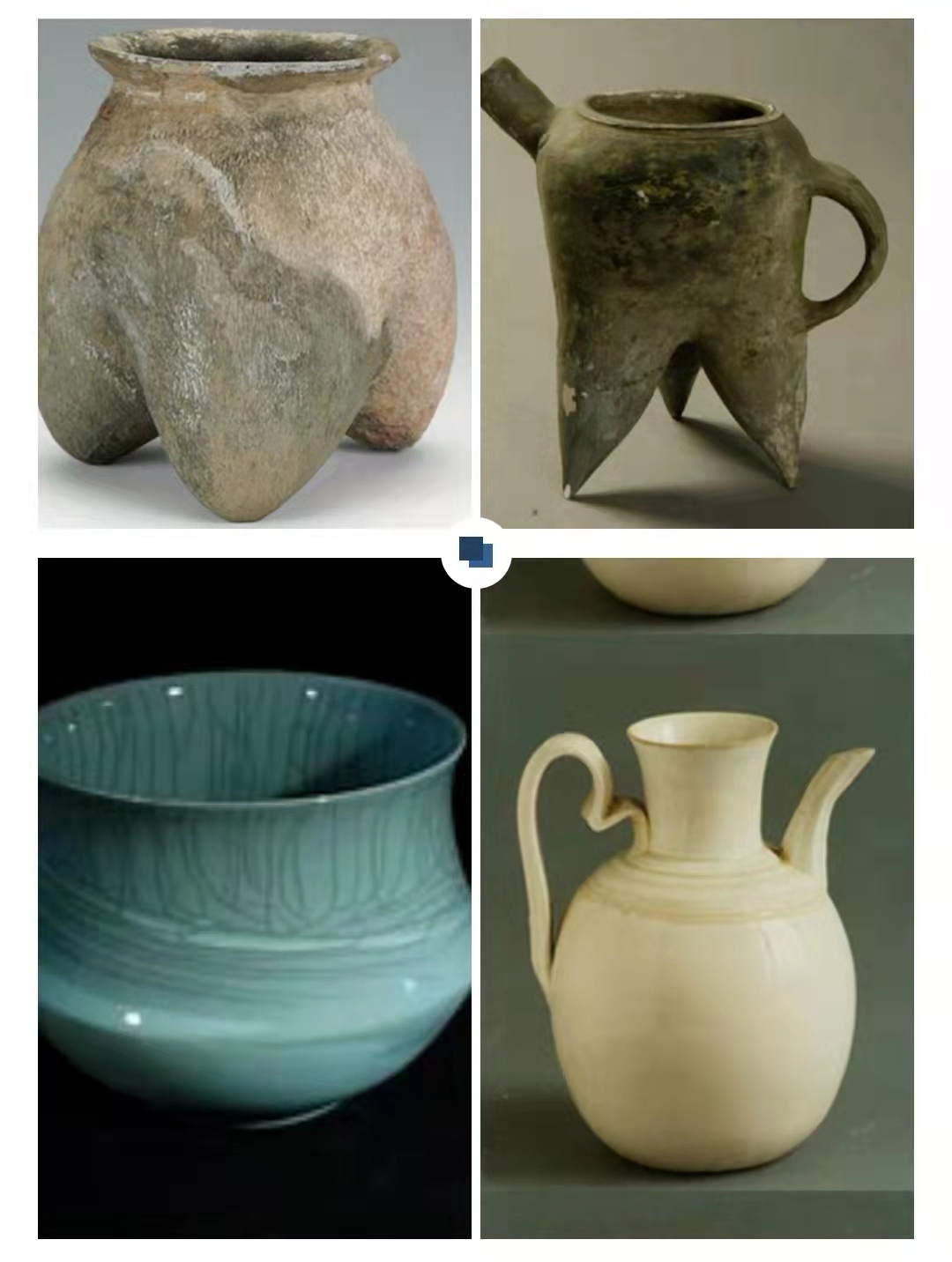
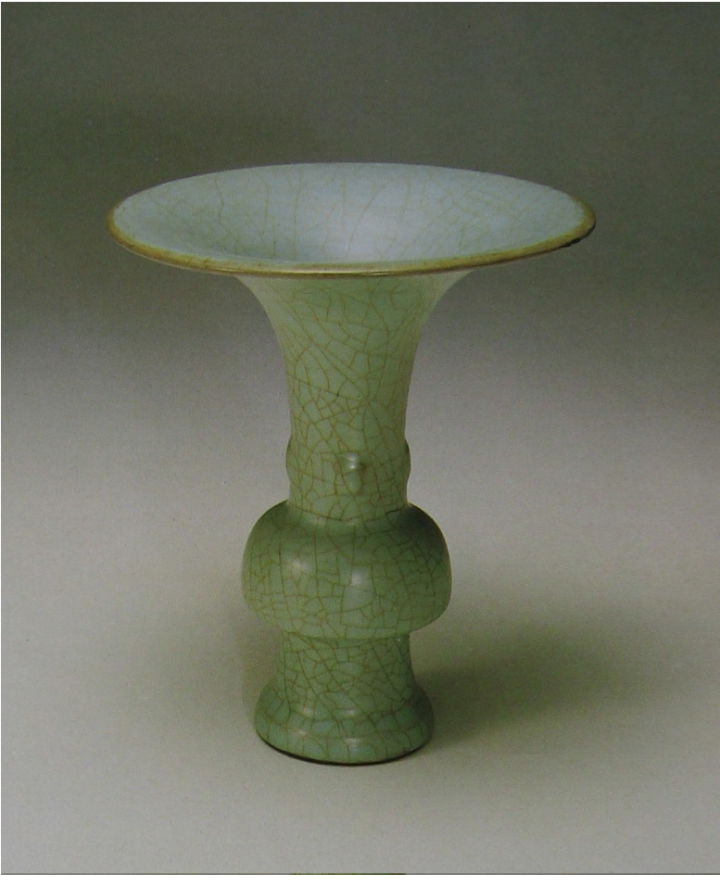
官窑(Royal Kiln)
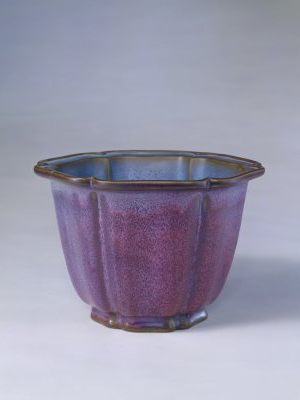
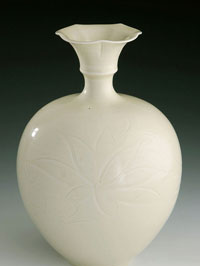
钧窑(Jun Kiln)、定窑(Jun Kiln)
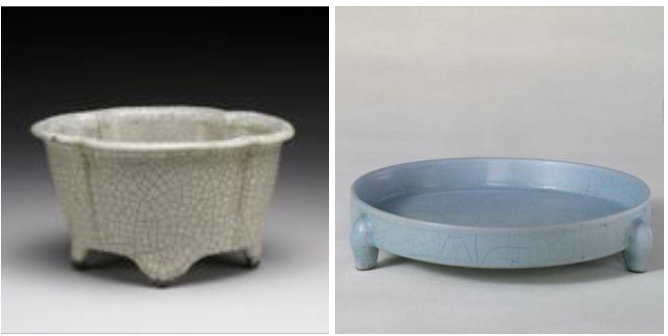
哥窑 (Jun Kiln) 、汝窑(Jun Kiln)
During the Ming and Qing dynasties, the flame of the kilns was never extinguished and the porcelain was even more varied and colorful. Especially in the three dynasties of Kangxi, Qianlong and Yongzheng, the porcelain was both antique and innovative with various decorative arts, content and techniques. Different dynasties upheld different styles, but each had their own characteristics. Therefore, they are often fondly called The Disparate Three Generations of the Qing Dynasty.
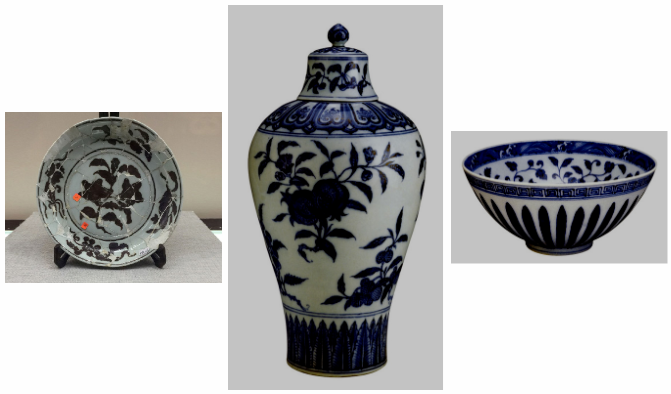
The Kangxi Dynasty porcelain is characterized by landscape painting, flowers and flower-bird painting, stories, and lengthy inscriptions,vigorous and distinctive in shape.
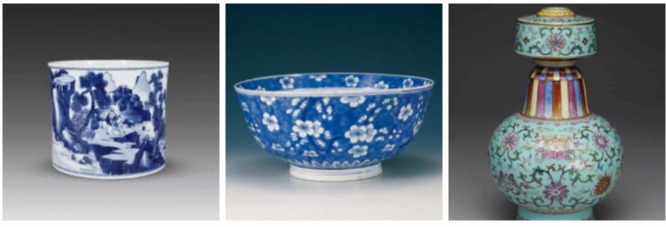
The porcelain decorations of the Yongzheng Dynasty tend to be more patterned, in contrast to the powerful and classical style of the Kangxi period. The larger pieces are light, and the smaller pieces are exquisite, delicate and elegant.

The decorations of the Qianlong Dynasty are the most magnificent and complex. All of them are designed based on auspiciousness and good luck, and the decorations are all symbolic. Thus, Emperor Qianlong is called the most ‘Down-to-Earth King’ among the three generations.
Blue as the sun after rain, red as the burning fire, white as snow, bright as a mirror: which one has piqued your aesthetic interest and become your favorite?


 苏公网安备 32100302010246号
苏公网安备 32100302010246号 苏公网安备 32100302010246号
苏公网安备 32100302010246号